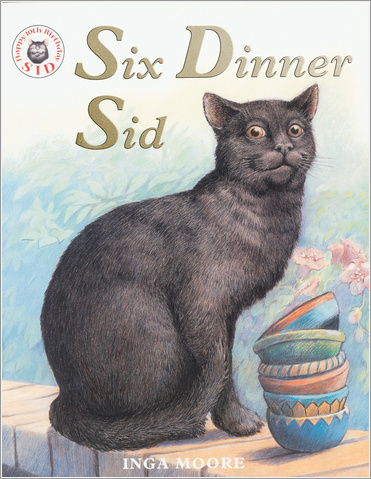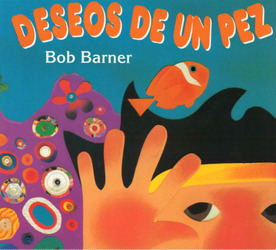
Ruby is a little girl in a house of many grandchildren. She wears red everyday. Even though she doesn't have to learn, she goes to lessons everyday. As she gets older, she excels in her studies, but also has to spend a large amount of time learning how to be a wife. She writes a poem about how it is bad luck to be a girl and her grandfather ( the head of the house) is shown. He inquires to Ruby to find out why she doesn't feel as well treated as the boys and she tells him she wants to go to college. Eventually, she is given the opportunity to go to college as one of the first females in China.
This is a great way to talk about the oppression of women in history. It also deals with Chinese New Year and life in China.
Bridges, S. and Blackall, S. (2001) Ruby's Wish. Scholastic: New York.














































